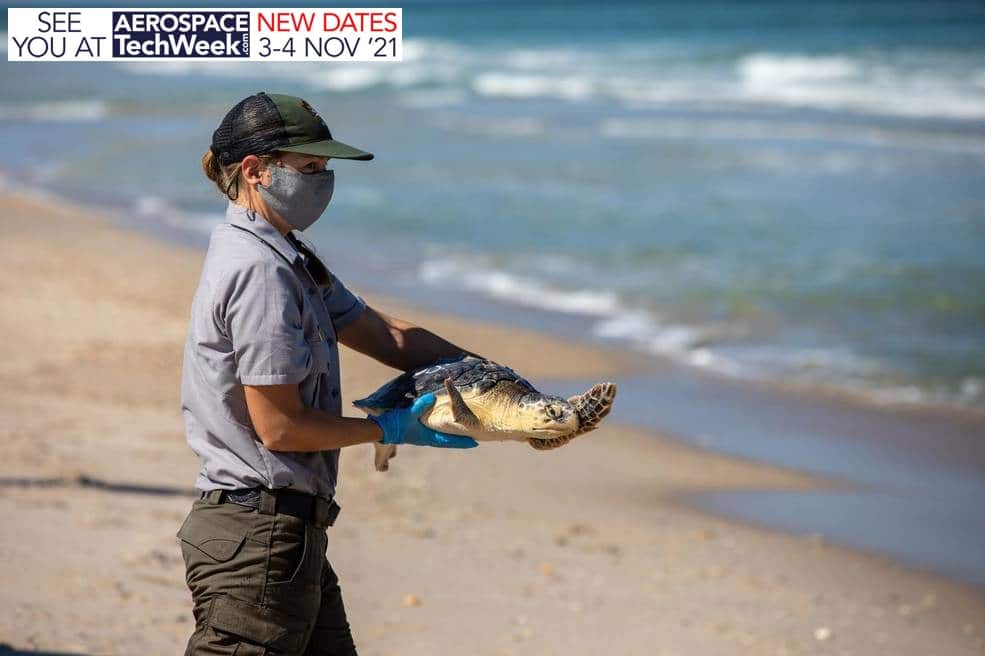Turtle rescue group, Turtles Fly Too has grown and expanded its efforts over the years. Founder Leslie Weinstein has made it a personal goal to help as many of the endangered sea turtles survive as possible. Starting years ago, Weinstein has grown a network of volunteer pilots who fly turtles to rehab centers, and then once rehabbed, on to the release sites best suited for them.
Every sea turtle in our oceans is endangered, experts say. This winter, hundreds of turtles became “cold stunned,” a term that describes the condition similar to human hypothermia, inn which the turtles bodies begin to shut down. If found soon enough, the turtles can be saved.
Turtles Fly Too coordinates these efforts organizing flights to deliver the turtles to wildlife facilities that are experienced in the process of nursing the vulnerable animals back to health. Once the turtles have regained their strength and health, Turtles Fly Too jumps back into action to get them to the nearest and best place to release them back into the oceans.
On Feb. 26, a total of 36 juvenile Kemp’s ridley sea turtles, along with one Loggerhead/Kemp’s ridley hybrid turtle, were transported to Kennedy Space Coast aboard a PC12 aircraft from rehabilitation facilities in Massachusetts and New York. The turtles were carefully offloaded, packed into vehicles, driven to nearby Canaveral National Seashore and released into the Atlantic Ocean.
Multiple agencies and facilities quickly came together to form a cooperative partnership, and NASA expanded on its environmental support to the community.
The turtles were flown to the center by Turtles Fly Too, an organization that provides air transportation when endangered species are threatened, either through a cold stun event, entanglement, or when an endangered animal is injured. Using Space Florida’s Launch and Landing Facility at Kennedy allowed for quick access to a nearby release site. General aviation pilots donated their expertise, aircraft, fuel, and labor to provide air transportation to shorten travel time and reduce stress on these endangered species.
Kemp’s ridleys are the smallest, rarest, and the world’s most endangered species of sea turtle. They grow to about two feet in length, and have an average lifespan of 50 years. They are found mostly in the Gulf Coast of Mexico and the United States, and the Atlantic coast of North America. Some have been found as far north as Nova Scotia and Newfoundland.
The Canaveral National Seashore is part of Kennedy Space Center and the Merritt Island National Wildlife Refuge. NASA acquired about 140,000 acres of land in 1962 and has partnerships with state and federal agencies that help care for the native wildlife and seashore. The arrival and release efforts were coordinated by the Florida Fish and Wildlife Conservation Commission (FWCC), National Park Service (Canaveral National Seashore), NOAA Fisheries, U.S. Fish and Wildlife Service (Merritt Island National Wildlife Refuge), Space Florida, manager of the Launch and Landing Facility, and Herndon Solutions Group.
If you or your flight department would like to volunteer to transport turtles with Turtles Fly Too, contact Leslie Weinstein at leslie@turtlesflytoo.org or Bonnie Barnes at Bonnie@turtlesflytoo.org. Tell them Aviation Maintenance Magazine sent you!
